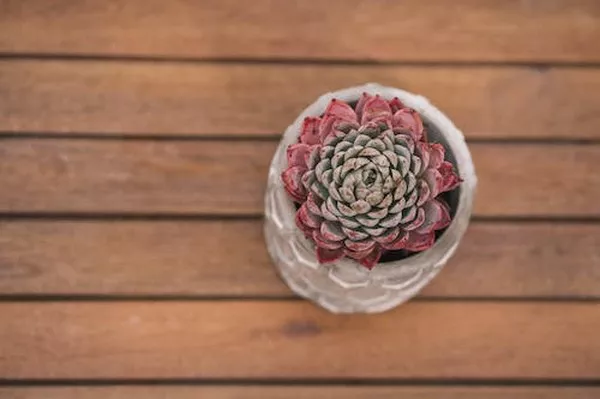Succulents have gained popularity for their unique beauty and low-maintenance nature. However, at times, succulents may not exhibit the desired growth and vigor that we expect from them. If you find yourself wondering why your succulent isn’t growing as it should, this comprehensive guide will help you troubleshoot common issues and provide insights into potential causes. From inadequate light and improper watering to nutrient deficiencies and pests, we will explore various factors that may be hindering the growth of your succulent.
I. Assessing Lighting Conditions
Proper lighting is crucial for the healthy growth of succulents. Inadequate or excessive light can significantly impact their overall development. Consider the following aspects when assessing the lighting conditions:
Insufficient Light:
Succulents require bright, indirect sunlight or several hours of direct sunlight each day. A lack of adequate light can lead to elongated, etiolated stems and pale or faded foliage. If your succulent is not receiving enough light, consider moving it to a brighter location or supplementing natural light with artificial grow lights.
Excessive Light:
On the other hand, too much direct sunlight, especially during the hottest part of the day, can scorch the leaves of delicate succulents. If you notice sunburnt patches or leaf discoloration, consider providing partial shade or using sheer curtains or shade cloth to filter intense sunlight.
II. Watering Practices and Moisture Management
Watering is another critical factor affecting succulent growth. Overwatering or underwatering can both have detrimental effects. Consider the following aspects related to watering practices and moisture management:
Overwatering:
Overwatering is a common mistake made with succulents. Their water-storing ability makes them vulnerable to issues such as root rot and fungal diseases. Signs of overwatering include yellowing or wilting leaves and a soft, mushy texture to the stems. To remedy this, adjust your watering routine and allow the soil to dry out between waterings. Ensure that excess water drains freely from the pot.
Underwatering:
Underwatering can lead to stunted growth and shriveled leaves. If your succulent appears dehydrated, with wrinkled or withered foliage, it may require more frequent watering. Water the plant thoroughly until water drains from the bottom of the pot, but avoid leaving it in standing water.
III. Nutrient Deficiencies and Fertilization
Succulents generally have low nutrient requirements, but deficiencies can still occur, affecting their growth and vitality. Consider the following aspects related to nutrient deficiencies and fertilization:
Lack of Essential Nutrients:
Succulents may exhibit slow growth and pale or discolored leaves due to nutrient deficiencies. The most common deficiencies include nitrogen (N), phosphorus (P), and potassium (K). To address this issue, use a balanced, water-soluble fertilizer specifically formulated for succulents. Follow the recommended dosage instructions and frequency of application.
Improper Fertilizer Application:
Overfertilization can be just as harmful as underfertilization. Excess fertilizer can cause root burn and damage the delicate roots of succulents. Always dilute the fertilizer according to the manufacturer’s instructions and apply it sparingly. During the dormant period, reduce or suspend fertilizer application as succulents require less nutrients during this time.
IV. Pest Infestations and Disease Management
Pests and diseases can hinder succulent growth and compromise their overall health. Detecting and addressing these issues promptly is crucial. Consider the following aspects related to pest infestations and disease management:
Common Pests:
Succulents are susceptible to pests such as mealybugs, scale insects, aphids, and spider mites. These pests can cause damage by feeding on the plant’s sap and weakening its vitality. Inspect your succulent regularly, especially the undersides of leaves and along the stems, for signs of pest infestation. Treat affected plants with organic insecticidal soaps or horticultural oils, following the instructions carefully.
Fungal and Bacterial Diseases:
Excessive moisture or poor ventilation can create favorable conditions for fungal and bacterial diseases in succulents. Signs of disease include discoloration, lesions, or soft spots on the leaves and stems. To prevent the spread of disease, ensure proper airflow around the plants by avoiding overcrowding. Remove infected parts promptly and apply fungicides or bactericides if necessary.
conclusion
Remember that succulents are generally slow-growing plants, so visible growth might be subtle. However, if you have addressed the above factors and your succulent still shows no signs of growth or appears unhealthy, there may be underlying issues that require further investigation. Consult with a local gardening expert or specialist if you need additional assistance in diagnosing and resolving the growth issues with your succulent.


